Inbox and Environment News: Issue 429
November 17 - 23, 2019: Issue 429
Horses Evacuated To Clive Rogers Equestrian Centre Warriewood
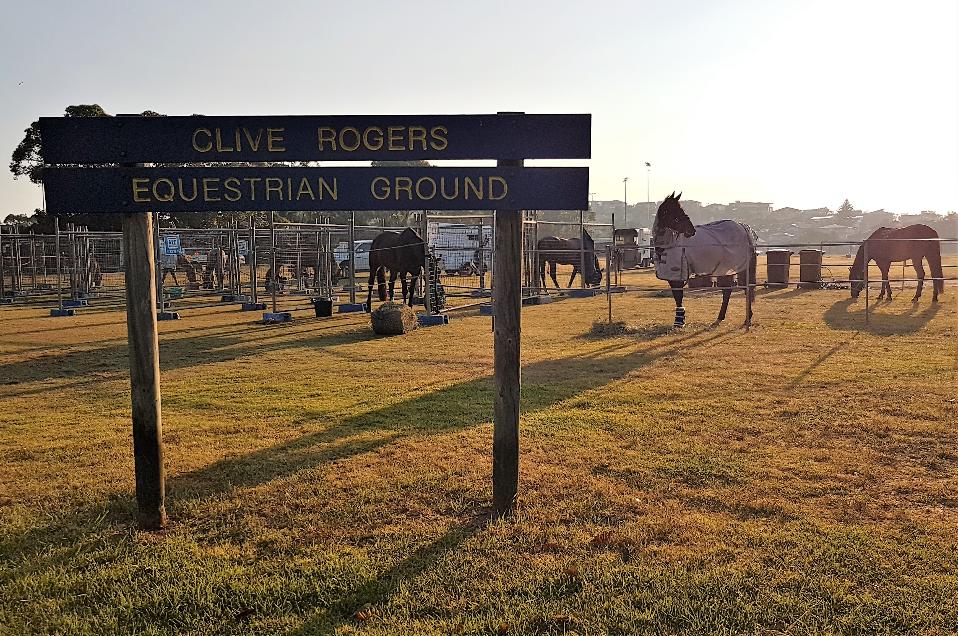
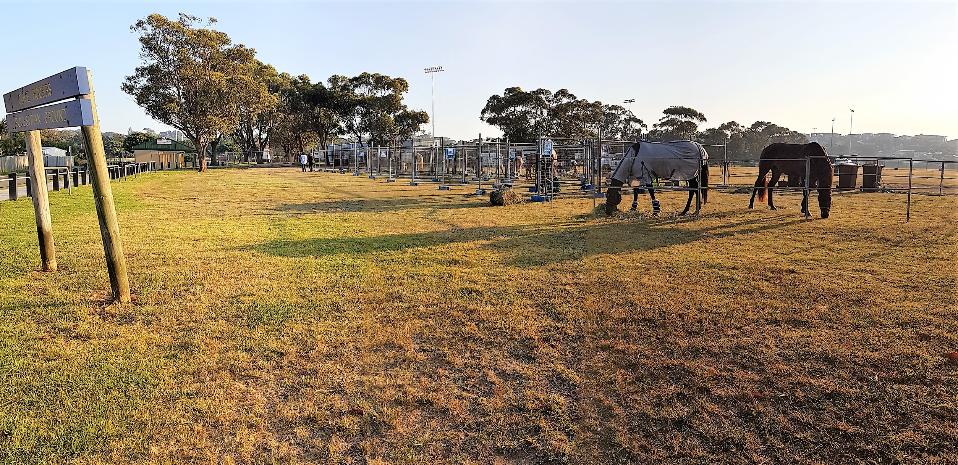
Local Flowers: For Local Christmas Cards 2019
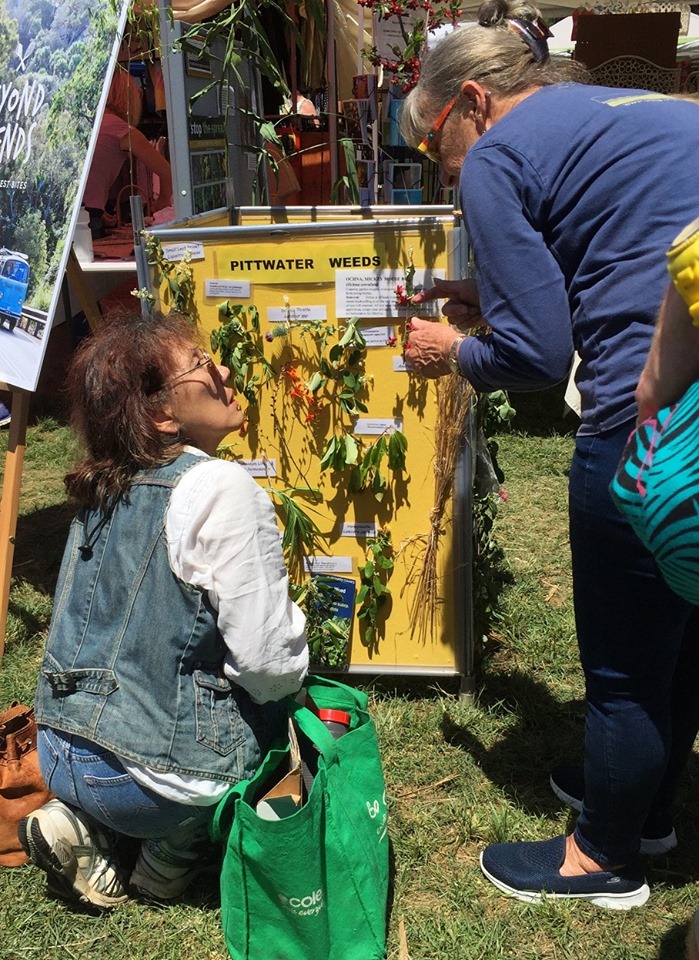
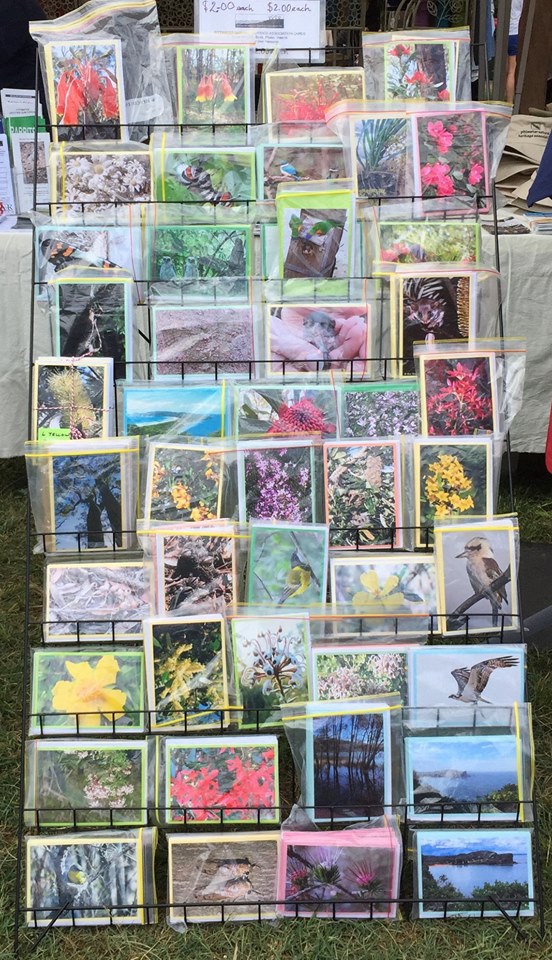
Avalon Boomerang Bags November Update

Rainbows On Top, Ibis In Top 10
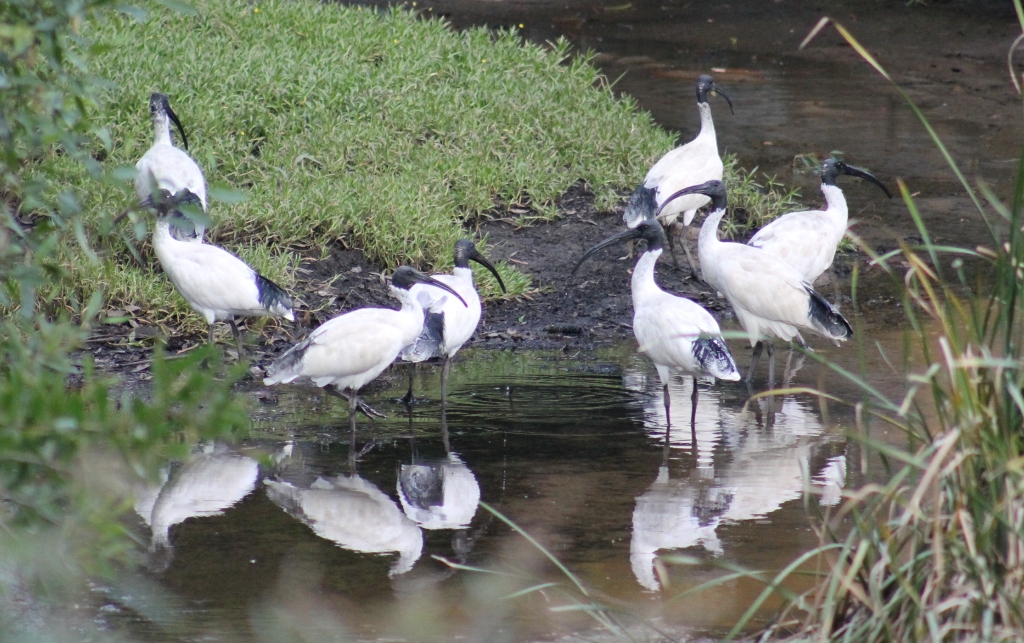
Black-Throated Finch Wins 'Bird Of The Year Vote
.jpg?timestamp=1573863697638)
Swamp Wallabies In The Street
So this is a wildlife corridor through people's front and backyards and on edge of road. Who is checking this environment impact study. That's right no one.
More Koalas Recorded By Campbelltown Conservationists
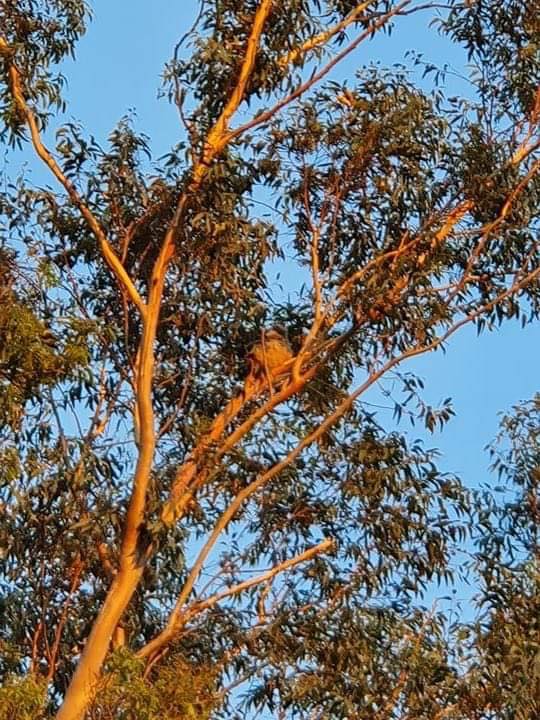
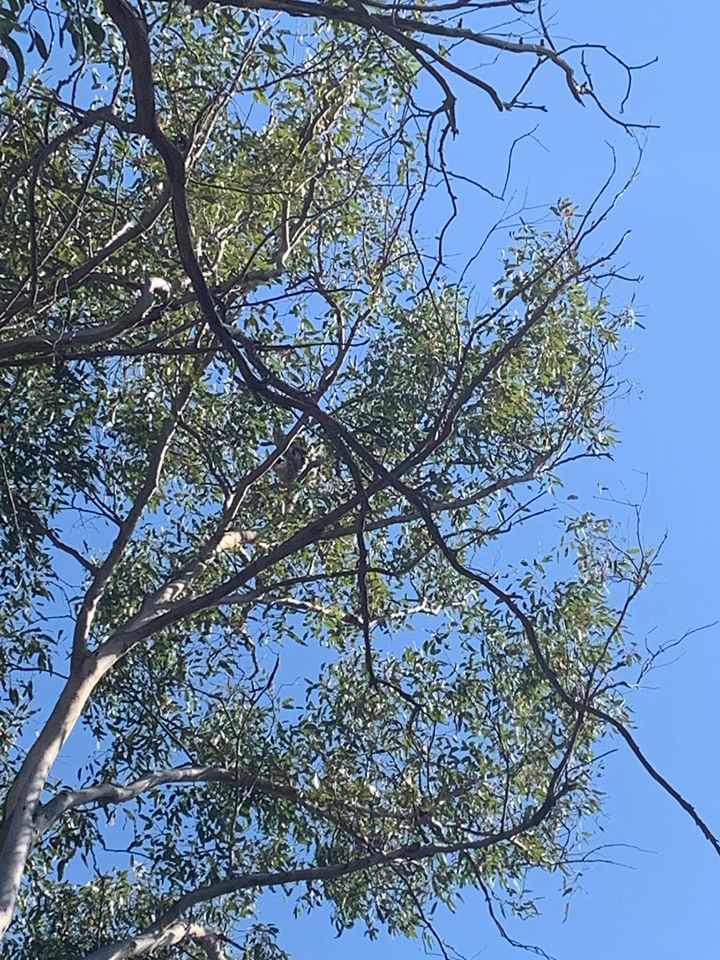
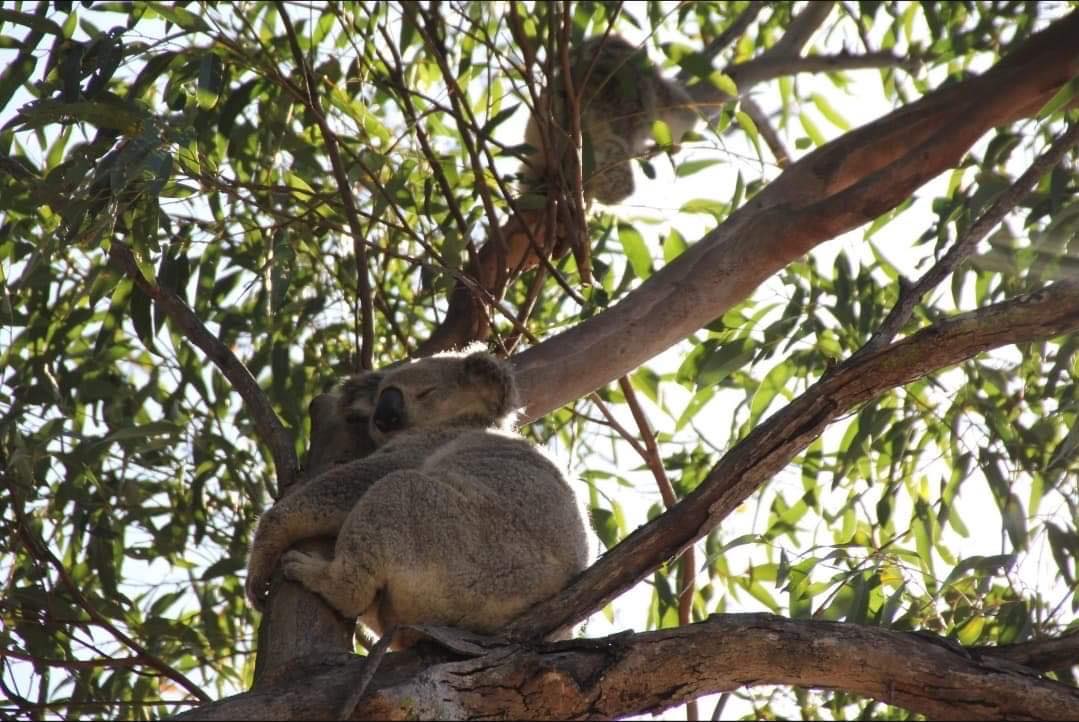
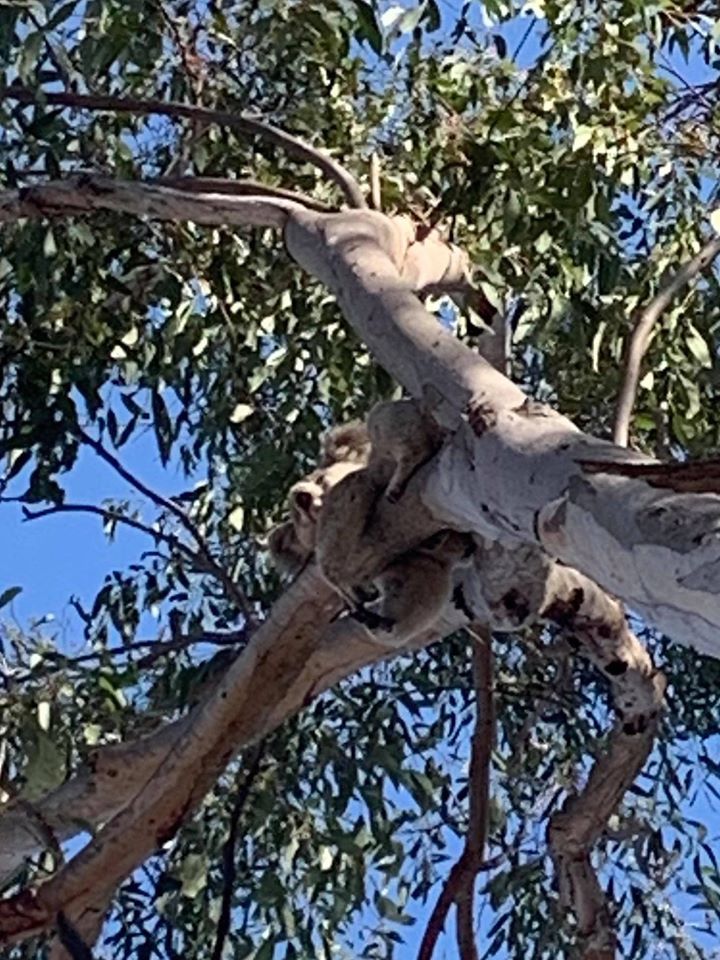
Bushcare In Pittwater
Where we work Which day What time
Avalon
Angophora Reserve 3rd Sunday 8:30 - 11:30am
Avalon Dunes 1st Sunday 8:30 - 11:30am
Avalon Golf Course 2nd Wednesday 3 - 5:30pm
Careel Creek 4th Saturday 8:30 - 11:30am
Toongari Reserve 3rd Saturday 9 - 12noon (8 - 11am in summer)
Bangalley Headland 2nd Sunday 9 to 12noon
Bayview
Winnererremy Bay 4th Sunday 9 to 12noon
Bilgola
North Bilgola Beach 3rd Monday 9 - 12noon
Algona Reserve 1st Saturday 9 - 12noon
Plateau Park 1st Friday 8:30 - 11:30am
Church Point
Browns Bay Reserve 1st Tuesday 9 - 12noon
McCarrs Creek Reserve Contact Bushcare Officer To be confirmed
Clareville
Old Wharf Reserve 3rd Saturday 8 - 11am
Elanora
Kundibah Reserve 4th Sunday 8:30 - 11:30am
 Mona Vale
Mona Vale Mona Vale Beach Basin 1st Saturday 8 - 11am
Mona Vale Dunes 2nd Saturday+3rd Thursday 8:30 - 11:30am
Newport
Bungan Beach 4th Sunday 9 - 12noon
Crescent Reserve 3rd Sunday 9 - 12noon
North Newport Beach 4th Saturday 8:30 - 11:30am
Porter Reserve 2nd Saturday 8 - 11am
North Narrabeen
Irrawong Reserve 2nd Saturday 2 - 5pm
Palm Beach
North Palm Beach Dunes 3rd Saturday 9 - 12noon
Scotland Island
Catherine Park 2nd Sunday 10 - 12:30pm
Elizabeth Park 1st Saturday 9 - 12noon
Pathilda Reserve 3rd Saturday 9 - 12noon
Warriewood
Warriewood Wetlands 1st Sunday 8:30 - 11:30am
Whale Beach
Norma Park 1st Friday 9 - 12noon
Western Foreshores
Coopers Point, Elvina Bay 2nd Sunday 10 - 1pm
Rocky Point, Elvina Bay 1st Monday 9 - 12noon
Climate change: why Sweden's central bank dumped Australian bonds

What’s happening?
Suddenly, at the level of central banks, Australia is regarded as an investment risk.
On Wednesday Martin Flodén, the deputy governor of Sweden’s central bank, announced that because Australia and Canada were “not known for good climate work”.
As a result the bank had sold its holdings of bonds issued by the Canadian province of Alberta and by the Australian states of Queensland and Western Australia.

Central banks normally make the news when they change their “cash rate” and households pay less (or more) on their mortgages.
But central banks such as Australia’s Reserve Bank and the European Central Bank, the People’s Bank of China and the US Federal Reserve have broader responsibilities.
They can see climate change affecting their ability to manage their economies and deliver financial stability.
There’s More To Central Banks Than Rates
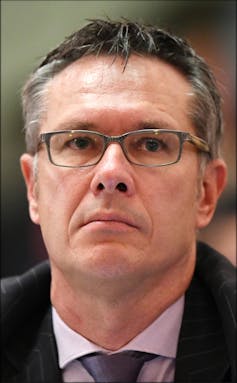
As an example, the new managing director of the International Monetary Fund Kristalina Georgieva warned last month that the necessary transition away from fossil fuels would lead to significant amounts of “stranded assets”.
Those assets will be coal mines and oil fields that become worthless, endangering the banks that have lent to develop them. More frequent floods, storms and fires will pose risks for insurance companies. Climate change will make these and other shocks more frequent and more severe.
In a speech in March the deputy governor of Australia’s Reserve Bank Guy Debelle said we needed to stop thinking of extreme events as cyclical.
We need to think in terms of trend rather than cycles in the weather. Droughts have generally been regarded (at least economically) as cyclical events that recur every so often. In contrast, climate change is a trend change. The impact of a trend is ongoing, whereas a cycle is temporary.
And he said the changes that will be imposed on us and the changes we will need might be abrupt.
The transition path to a less carbon-intensive world is clearly quite different depending on whether it is managed as a gradual process or is abrupt. The trend changes aren’t likely to be smooth. There is likely to be volatility around the trend, with the potential for damaging outcomes from spikes above the trend.
Australia’s central bank and others are going further then just responding to the impacts of climate change. They are doing their part to moderate it.
No More Watching From The Sidelines
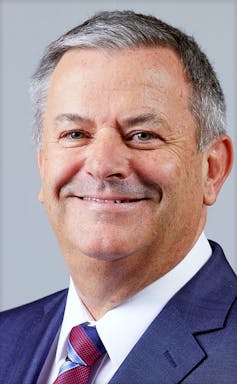
Over thirty central banks (including Australia’s), and a number of financial supervisory agencies, have created a Network for Greening the Financial System.
Its purpose is to enhance the role of the financial system in mobilising finance to support the transitions that will be needed. The US Federal Reserve has not joined yet but is considering how to participate.
One of its credos is that central banks should lead by example in their own investments.
They hold and manage over A$17 trillion. That makes them enormously large investors and a huge influence on global markets.
Read more: Central banks are waking up to climate change dangers. It's about time
As part of their traditional focus on the liquidity, safety and returns from assets, they are taking into account climate change in deciding how to invest.
The are increasingly putting their money into “green bonds”, which are securities whose proceeds are used to finance projects that combat climate change or the depletion of biodiversity and natural resources.
Over A$300 billion worth of green bonds were issued in 2018, with the total stock now over A$1 trillion.
Central Banks Are Investing, And Setting Standards
While large, that is still less than 1% of the stock of conventional securities. It means green bonds are less liquid and have higher buying and selling costs.
It also means smaller central banks lack the skills to deal with them.
These problems have been addressed by the Bank for International Settlements, a bank owned by 60 of the central banks.
In September it launched a green bond fund that will pool investments from 140 (mostly central bank) clients.
Its products will initially be denominated in US dollars but will later also be available in euros. It will be supported by an advisory committee of the world’s top central bankers.
Read more: Business big hitters highlight the huge growth in climate risk management
It is alert to the risk of “greenwashing” and will only buy bonds that comply with the International Capital Market Association’s Green Bond Principles or the Climate Bond Initiative’s Climate Bond Standard.
Launching the fund in Basel, Switzerland, the bank’s head of banking Peter Zöllner said he was
confident that, by aggregating the investment power of central banks, we can influence the behaviour of market participants and have some impact on how green investment standards develop
It’s an important role. Traditionally focused on keeping the financial system safe, our central banks are increasingly turning to using their stewardship of the financial system to keep us, and our environment, safe.![]()
John Hawkins, Assistant professor, University of Canberra
This article is republished from The Conversation under a Creative Commons license. Read the original article.
Endangered Turtle Species Released Into The Wild
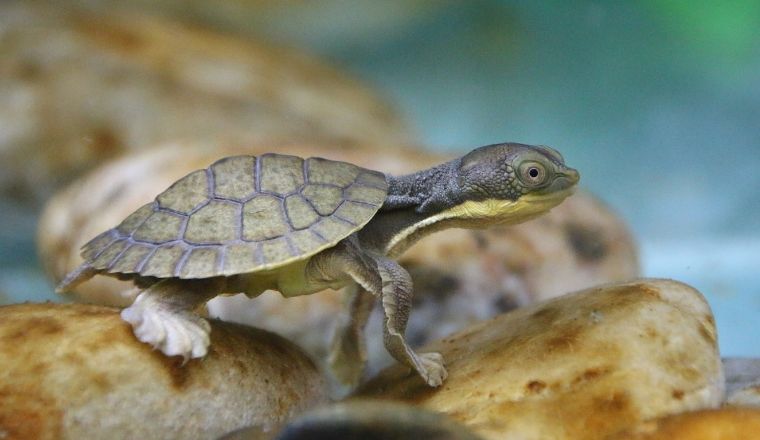
Grants Available To Reduce Climate Change Impacts
Aussie Bread Tags Collection Points

Exploring How Older Australians In Aged Care Use Health Services
New Wakehurst Parkway Bus Service Commences This Sunday
 | 17-155-PrePay-Only-Bayview-Garden-Village-to-Northern-Beaches-Hospital-20191117.pdf Size : 134.95 Kb Type : pdf |
Support When Sickness Allowance Stops
- looking for work
- prepared to meet mutual obligation requirements
- have a job but currently can’t work or study due to sickness or injury
- have recently lost your partner.
- Newstart Allowance
- Sickness Allowance
- Wife Pension
- Bereavement Allowance.
- JobSeeker Payment
- Youth Allowance
- another payment based on your circumstances.
People Who Cannot Read May Be Three Times As Likely To Develop Dementia
Schoolies Week Revellers Reminded To Be Beach Safe
- Duranbah - Lifeguards (7 days per week). Starts 1 December.
- Kingscliff - Lifeguards (Mon-Fri). Volunteer Surf Lifesavers (Weekends). Currently operational.
- Byron Main Beach - Lifeguards (Mon-Fri). Volunteer Surf Lifesavers (Weekends). Currently operational.
- Lennox Head - Lifeguards (Mon-Fri). Volunteer Surf Lifesavers (Weekends). Currently Operational.
- Only swim at a patrolled beach, between the red and yellow flags
- Don’t swim under the influence of alcohol or drugs
- Never swim at night
- Ask a surf lifesaver or lifeguard for advice
- Look after your mates, and know where your group is while in the water
- Call triple-zero (000) to report an in-water emergency.

WSL Sydney Surf Pro “Drops In” To Manly For 2020-2022

Stage Set For Women’s Qualification Showdown At Port Stephens Toyota Pro Pres. By Sisstrevolution

'I cheated on a school exam and I feel terrible. How can I get past this?'
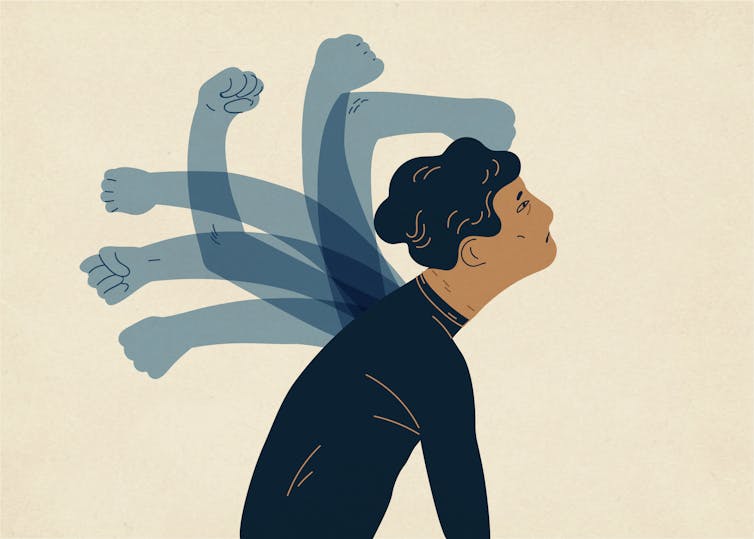
With so many external pressures, I yielded to cheating on an exam. I feel absolutely terrible as it is not what I stand for at all, a lot of people seem to hate me and I totally respect their opinion as what I did was wrong … but I’m so scared that now it will define me; before I had a perfect record and outstanding achievements and I don’t know how I can get past it. – Anonymous
Key Points
- everyone makes mistakes, but they don’t define us
- our brains are wired to make us feel shame after making a mistake
- forgive yourself!
You’re not the only person who has done something you wish you hadn’t. By the time we reach adulthood most, if not all, of us have. People cheat, lie, hurt others, or fail. It’s part of the human condition.
Many people have cheated in exams. For example, nearly 30% of university students who responded to a 2012 UK survey agreed they had “submitted work taken wholly from an internet source” as their own.
Read more: When does getting help on an assignment turn into cheating?
These mistakes don’t have to define us. If we work through them in a healthy way, mistakes can help shape who we are, what we care about, and how we treat others.
At the time, mistakes can be painful. It can seem to be this huge thing, occupying lots of our thoughts, impacting how we see ourselves and making it feel like everyone else will be focused on this failure forever.
But think of someone you know who has made a mistake. Do you spend all your time thinking about that person’s failure – is that failure all the person is to you? Probably not. Humans spend most of their time thinking about themselves, and humans have lots of ways of reconciling, forgiving and forgetting.
So why does our brain make us feel like it’s the end of the world when we fail?
Blame Our Brains
Humans are a group species. Our brains have evolved to pay attention to when people might exclude or judge us for being a bad or inappropriate group member.

When we do something wrong, our feelings act like an alert signal; a red flashing yucky feeling telling us there is a problem. These guilty feelings can be especially bad if we think about our mistake in certain ways. Thoughts like:
“This is going to affect how everyone sees me!”
or
“People are never going to trust me again!”
Blowing up the negative consequences in your mind, predicting the future in a negative way, or rehearsing how bad a person you are, are types of thinking that can send that red alert into overdrive.
Another way we keep the red alert on is if we avoid the issue and don’t take time to work through what happened. Research shows avoiding things that make us feel shame can actually just make us feel worse.
Instead, you can learn to forgive yourself. Start by taking responsibility – rather than trying to explain it away or avoid it, own up to it and say to yourself “yep, I did that”.
Read more: If someone hurt you this year, forgiving them may improve your health (as long as you're safe, too)
Then, you need to work through what happened. Research shows reaffirming our values is one of the most effective ways of working through our wrongdoing and forgiving ourselves.
Forgive Yourself. Here’s How
Reaffirm your values
Write a letter to yourself answering the following questions:
- What value have I broken in this situation? (Values are what character traits you find important. These could be generosity, fairness or authenticity. If you have trouble identifying your values, this can help.)
- Why is that value important to me?
- What is a time in the past I have acted in a way that is consistent with that value?
- What would it mean to act consistent with that value over the next day, week and month? (This may include confessing to someone, an apology or a commitment to do it right next time.)
Write three ideas of what you could do, and plan to do one of them this week. Remind yourself of these values and your commitment to them whenever you feel guilty.

Accept your emotions as feelings, not facts
Emotions are part of the way our body responds to a situation. But they are not perfect. They are like a torch in a dark room, focusing our attention on a small part of the room, but missing other things.
Write a thought diary of your feelings and thoughts. Then go back over what you have written and think:
Is this really the full picture of what is happening, or am I keeping my alert button on by practising unhelpful thinking?
Remember you’re a human
When we fail, we sometimes hold ourselves up against perfect standards. But we are human, which means we don’t always have perfect knowledge of the future, control of our own feelings, or wisdom about how to act in the moment.
Instead of beating yourself up about what you could or should have done, acknowledge you are not perfect – then choose to pursue your values moving forward.
Talk it out with others
Often we keep our failures private. But since our brain is monitoring for risk of rejection, it stays active in case others find out or are already judging us because they know.
Talking it out with others can help because we have also evolved a sense of compassion and can often be kinder to others than to ourselves.
Seek help
Underlying depression or other health or mental-health issues may be making our feelings of guilt, regret, shame, fear or embarrassment worse. If your feelings don’t change (especially if they continue for two weeks or more) then it is probably a good idea to chat to a psychologist, counsellor or your doctor.
Read more: 'What is wrong with me? I'm never happy and I hate school'
You can also call Beyond Blue at any time on 1300 22 4636; or Kids Helpline, a service specifically for children and young people aged 5-25 on 1800 55 1800.
I Need to Know is an ongoing series for teens in search of reliable, confidential advice about life’s tricky questions.
If you’re a teenager and have a question you’d like answered by an expert, you can:
- submit your question anonymously through Incogneato, or
- DM us on Instagram.
Please tell us your name (you can use a fake name if you don’t want to be identified), age and which city you live in. Send as many questions as you like! We won’t be able to answer every question, but we will do our best.![]()
Lydia Woodyatt, Senior Lecturer, College of Education, Psychology and Social Work, Flinders University
This article is republished from The Conversation under a Creative Commons license. Read the original article.
The 2019 Comedy Wildlife Photographer Of The Year Is: Sarah Skinner
“I am absolutely delighted to be awarded the title as Overall Winner in the Comedy Wildlife Photography Awards2019. It certainly warms my heart to know that this image will spread some laughter and happiness around the world. I am happy to report that this cub continues to thrive in the pride, having seen her again in October this year. I can only hope and encourage everyone, as a collective to each do our part in the conservation of all wildlife species, so that future generations can enjoy them, in the same way that I have done during my career as a wildlife photographer. Long may lions walk the plains……….”
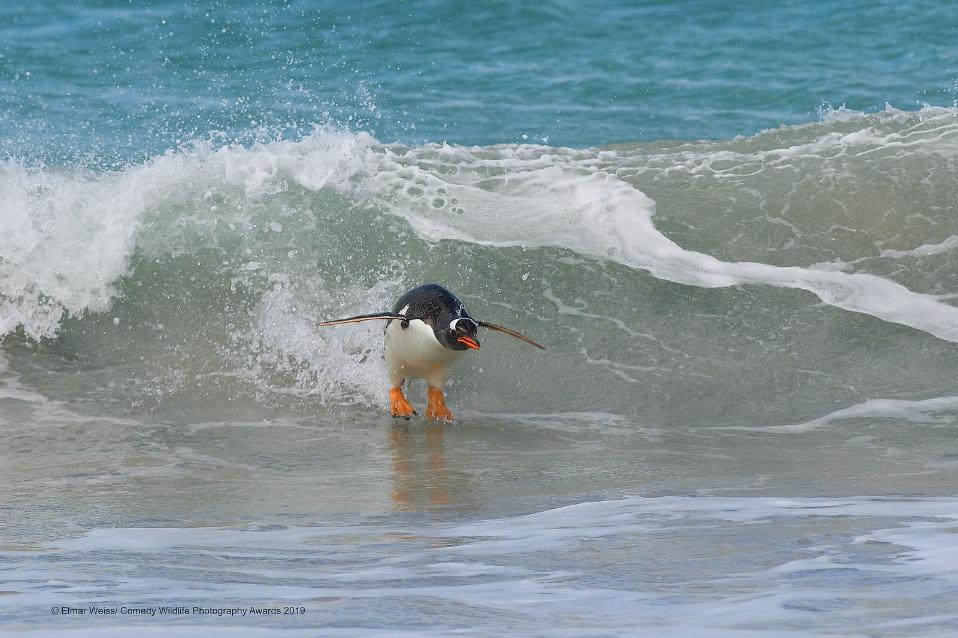
Friday essay: shaved, shaped and slit - eyebrows through the ages
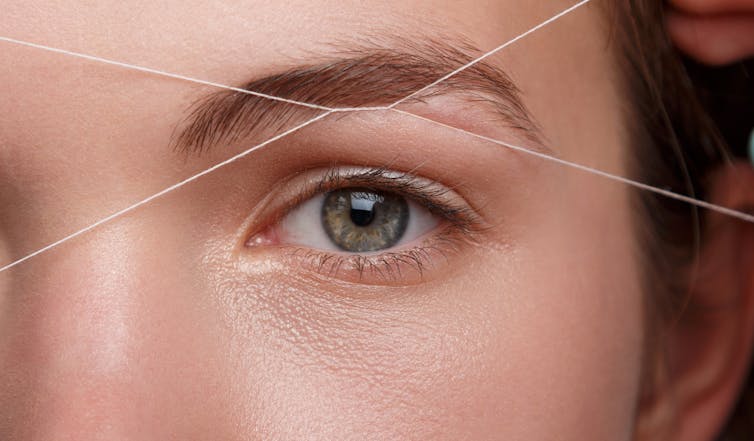
Eyebrows can turn a smile into a leer, a grumpy pout into a come hither beckoning, and sad, downturned lips into a comedic grimace.
So, it’s little wonder these communicative markers of facial punctuation have been such a feature of beauty and fashion since the earliest days of recorded civilisation.
From completely shaved mounds to thick, furry lines, eyebrows are a part of the face we continue to experiment with. We seek to hide, exacerbate and embellish them. And today, every shopping strip and mall has professionals ready to assist us with wax, thread and ink.
Minimising Distraction
In the court of Elizabeth I, to draw attention to the perceived focal point of a woman’s body – her breasts – the monarch would pluck her eyebrows into thin lines or remove them completely, as well as shaving off hair at the top of her forehead.

This was an attempt to make her face plain and blank, thereby directing the viewer’s gaze lower to her substantial décolletage.
Although the intentions were different, nonexistent or needle-thin brows had also been common in ancient China and other Asian cultures, where women plucked their eyebrows to resemble specific shapes with designated names such as “distant mountain” (likely referring to a central and distinctive point in the brow), “drooping pearl” and “willow branch”.
In ancient China, as well as in India and the Middle East, the technique of threading - the removal of hairs by twisting strands of cotton thread - was popular for its accuracy. The technique, referred to as “khite” in Arabic and “fatlah” in Egyptian, is enjoying renewed popularity today.

In Japan between 794 and 1185, both men and women plucked their eyebrows out almost entirely and replaced them with new pencilled lines higher up on the forehead.
Eyebrows of Ancient Greece and Rome, on the other hand, are frozen in contemplation.
They are often represented in sculptures through expressive mounds devoid of individual or even vaguely suggested hairs: in men they are strong and masterful furrows above a purposeful gaze; in women, soft and emotive.

This lack of detail demonstrates a fondness, in some corners of ancient Greek and Roman society, for joined or “continuous” brows.
Poet of tenderness, Theocritus, openly admired eyebrows “joined over the nose” like his own, as did Byzantine Isaac Porphyrogenitus.
Brows As Barometers
For much of the 19th century, cosmetics for women were viewed with suspicion, principally as the province of actresses and prostitutes. This meant facial enhancement was subtle and eyebrows, though gently shaped, were kept relatively natural.
Despite this restraint, a certain amount of effort still went into cultivation. A newspaper article from 1871 suggested intervention during childhood to thicken them:
If a child’s eyebrows threaten to be thin, brush them softly every night with a little coconut oil, and they will gradually become strong and full; and, in order to give them a curve, press them gently between the thumb and forefinger after every ablution of the face or hands.
As fashions became freer after the first world war, attention was once again focused more overtly on the eyes and eyebrows.

This was partly to do with the development of beauty salons during the 1920s, many of which offered classes in makeup application so women could create new, bold looks at home.
The fashion for very thin eyebrows was popularised by silent film stars such as Buster Keaton and Louise Brooks, for whom thick kohl was a professional necessity and allowed a clearer vision of the eyebrows – so crucial, after all, for nonverbal expression on screen.
The amount of attention paid to eyebrows continued to change according to specific global events.
In the 1940s, women began to favour thicker, natural brows after several decades of rigorous plucking to achieve pencil-thin lines. Considering the outbreak of the second world war had forced many out of a wholly domestic existence and into the workforce, it stands to reason they had less time to spend in front of the mirror, wielding a pair of tweezers and eyebrow pencil.

The post-war 1950s saw wide, yet more firmly defined brows and from the 1960s onwards various shapes, sizes and thicknesses were experimented with, accompanied by a firm emphasis on individuality and personal preference.
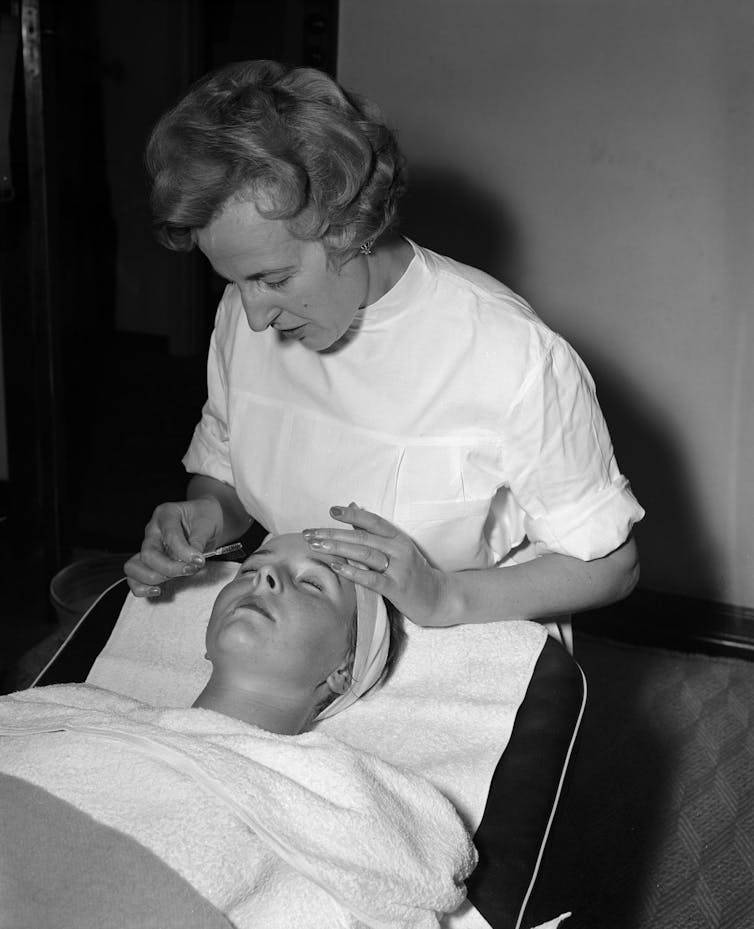
More Than Mono
When Dwight Edwards Marvin’s collection of adages and maxims, Curiosities in Proverbs, was published in 1916 it included the old English advice:
If your eyebrows meet across your nose, you’ll never live to wear your wedding clothes.
The “mono-” or “uni-brow” had become suggestive of a lack of self care, particularly in women.
Research undertaken in 2004 reported American women felt judged and evaluated as “dirty”, “gross” or even “repulsive” if they did not shave their underarm or leg hair, or pluck and shape their eyebrows. As the most visible of these areas, untamed eyebrows perhaps point to the bravest exhibition of natural hair.
Today, model Sophia Hadjipanteli sports a pair of impressively large, dark joined eyebrows, and has assertively fought back against the legion of online trolls who have abused her for this point of difference.

A reference back to the distinctive brows of Frida Kahlo, Hadjipanteli’s look is linked to an ongoing debate surrounding women’s body hair.

Giving A Pluck
For many, excessive plucking and shaping has become emblematic of the myriad requirements women are expected to comply with to satisfy restrictive societal beauty norms.
Still, plenty of people with eyebrows are dedicating time and money to their upkeep. In Australia, the personal waxing and nail salon industry has grown steadily over five years to be worth an estimated A$1.3 billion and employ more than 20,000 people.
Over this time, social media has offered a diverse and changing menu of brow choices and displays.
One choice: the “eyebrow slit” – thin vertical cuts in eyebrow hair – has re-emerged online and in suburban high schools. It’s important to emphasise re-emerged because, with beauty as with clothing, what goes around comes around.

The eyebrow slit was especially popular amongst hip hop artists in the 1990s, and draws appeal due to its flexibility: there are no firm rules as to the number or width of the slits, which originally were meant to suggest scarring from a recent fight or gangsta adventure. More recent converts have been accused of cultural appropriation.
Some have experimented by replacing plain slits with other shapes, such as hearts or stars, though plucking or shaving brows into unusual shapes is – as we have seen – by no means new either.
Facing The Day
If the popularity of recent trends is anything to go by, eyebrow fashion will remain on the lush side for some time.
The “Scouse” brow (very thick, wide and angular eyebrows emphasised with highly defined dark pencil shapes: named after natives of Liverpool in the United Kingdom) is still trending.
The “Instagram eyebrow” (thick brows plucked and painted to create a gradient, going from light to very dark as the brow ends) is inescapable on the platform and beyond. Makeup for brows is therefore also likely to continue, providing a clear linear connection through nearly all the eyebrow ideals since ancient times.
The latest offering to those seeking a groomed look is “eyebrow lamination”, a chemical treatment that uses keratin to straighten individual hairs - a kind of anti-perm for your brow.
Those still searching for their eyebrow aesthetic may benefit from some wisdom shared by crime and society reporter Viola Rodgers in an 1898 edition of the San Francisco Call newspaper.
In a piece which ran alongside an interview with the man who had inspired Mark Twain’s Tom Sawyer character, she advised that the appearance of one’s brow conveyed more than just their grooming habits:
An arched eyebrow … is expressive of great sensibility … Heavy, thick eyebrows indicate a strong constitution and great physical endurance … Long, drooping eyebrows indicate an amiable disposition and faintly defined eyebrows placed high above the nose are signs of indolence and weakness.
Eyebrow slits? We can only imagine what Viola would think.![]()
Lydia Edwards, Fashion historian, Edith Cowan University
This article is republished from The Conversation under a Creative Commons license. Read the original article.
Trauma And Kids: The Role Of The Early Childhood Teacher
- Checking in with the child's parents -- make sure they have enough of the essentials -- food, clothing, and somewhere to stay.
- Making sure your classroom is safe, both physically and emotionally -- familiar and welcoming surroundings create a sense of security and belonging for children.
- Listening to children -- don't avoid difficult questions. Children are curious and need to work through their worries and concerns.
- Delivering consistent and predictable routines -- children love routines. Having a safe, predictable environment creates stability and security.
- Checking in on friendships -- make sure the child is still engaging with their peers and friendships helps them build confidence, and well-being.
- Providing opportunities for expression -- dramatic play and artwork enable children to freely express and explore their feelings.
- Maintaining trust- building secure relationships are essential. A trusting, caring environment provides the best basis to build self-esteem and resilience.
First Evidence Of Feathered Polar Dinosaurs Found In Australia
Study Shows Link Between Health And Size Of Social Group
Bacteria In The Gut May Alter Ageing Process
Computer Scientists Develop New Tool That Generates Videos From Themed Text
Insulin Can Increase Mosquitoes' Immunity To West Nile Virus
Disclaimer: These articles are not intended to provide medical advice, diagnosis or treatment. Views expressed here do not necessarily reflect those of Pittwater Online News or its staff.
